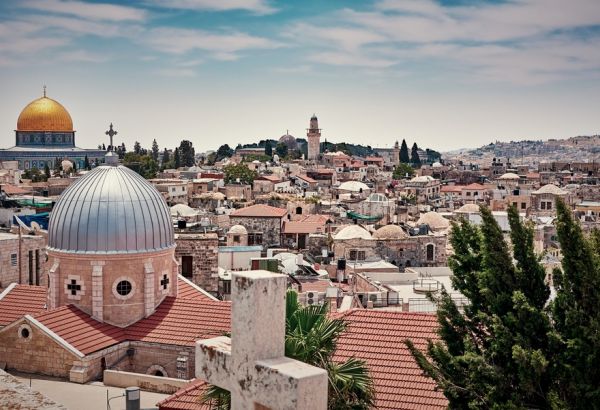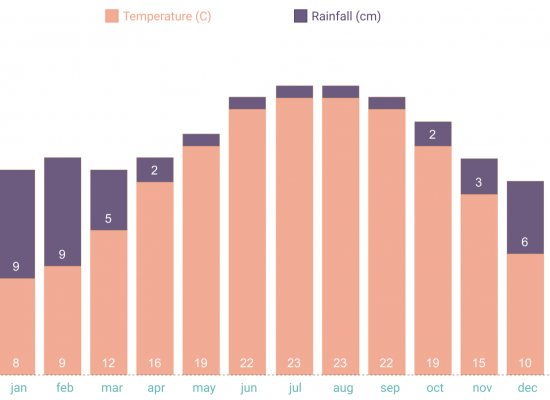Discover - Muslim friendly trips to Palestine
With a history that envelops more than one million years, Palestine has played an important role in human civilization. The crucible of prehistoric cultures, it is the cradle where societies evolved and the alphabet, religion, and literature developed. Palestine would become a melting pot for diverse cultures and ideas that shaped the world we know today. It's rich and diverse past, abundant cultural heritage, and the archaeological and religious sites of the three monotheistic faiths, including the birthplace of Prophet Isa (ASA), make Palestine a unique centre of world history.
Search holiday deals
Details
- Time Difference: GMT +3 hours
- Capital: Jerusalem
- Currency: Jordanian Dinar & US Dollar
- Visa: 30 day visa-waiver for UK citizens
- Our Highlight: The city of Jerusalem
Gallery


Map
Highlights
Jerusalem is one of the oldest continuously inhabited cities in the world. Archaeological excavations show that the history of the city began more than 5,000 years ago. Among its 220 historic monuments are Al-Aqsa Mosque and the Dome of the Rock, built in the seventh century, which stand as magnificent pieces of architecture. It is also home to the Church of the Holy Sepulcher.
Muslim Friendly Amenities
Halal dining is readily available and whilst the main sites to pray in are guarded, you may be asked to prove you are Muslim to enter such sites. The rich Islamic and monotheistic religion's history is the highlight of visiting Palestine.
Also known as the Al-Haram ash-Sharif (the noble sanctuary), the grand mosque includes in its compound the Dome of the Rock. This mosque is the third holiest site for Muslims, after the Kaaba in Makkah and the Prophet Muhammad (SAW) Mosque in Madinah. With rows of colonnades and gardens, the compound stretches over one-fifth of the Old City, occupying a vast area of 140,900 square meters. The mosque itself is silver-domed and was built as a place of worship next to the Dome of the Rock. Originally built between 709 and 715 AD by Caliph Walid Ben Abdul Malik, Al-Aqsa was reconstructed at least six times, and very little of the original mosque remains in the present structure.
The city of Bethlehem is holy to both Christians and Muslims. The Church of the Nativity, a Byzantine basilica, was built by Helena (the mother of Emperor Constantine) to commemorate Isa (ASA) birth. It is built on top of a cave where, according to a tradition first documented in the second century AD, Isa was born.
When to visit


















































